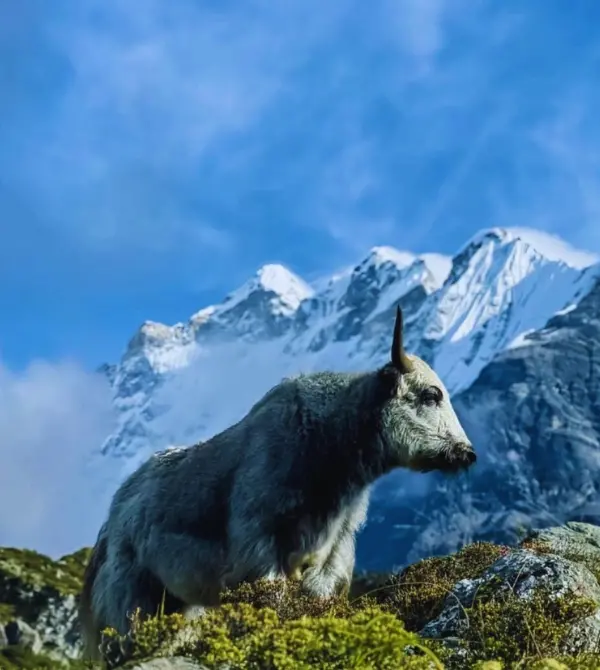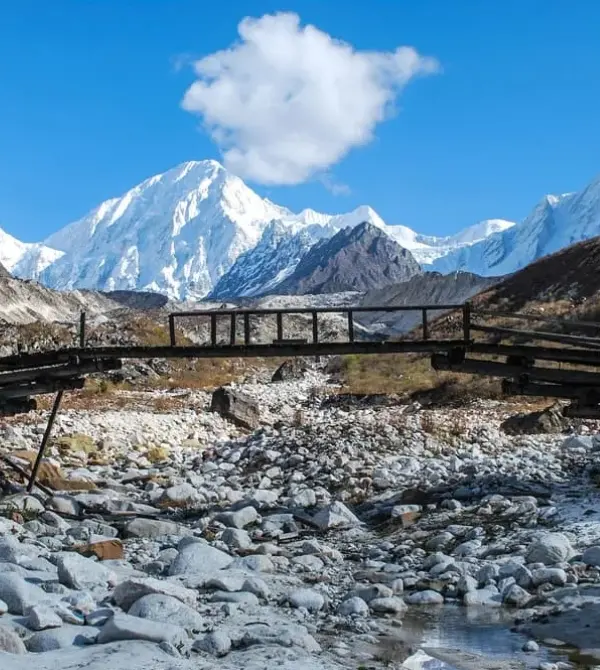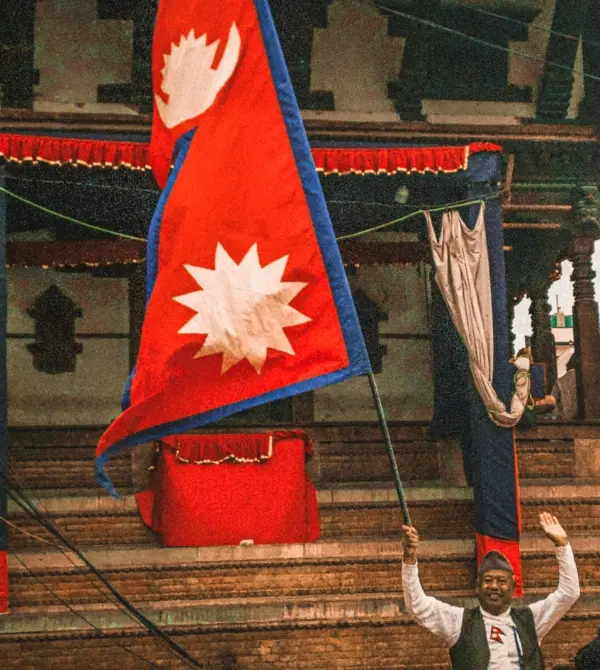While the breathtaking views of the Langtang range—with giants like Langtang Lirung (7,227m) piercing the blue sky—are the primary draw, the Langtang Valley Trek offers something far richer than just scenery. It is a profound journey into a unique cultural heartland and through Nepal’s first Himalayan protected area.
At Walkers Expedition, we believe the true magic of Langtang lies in its people and its pristine nature. This is your guide to the fascinating Langtang Valley Tamang Culture and the unique Langtang National Park Wildlife that often goes unnoticed by those focused solely on the summit.
The Heart of Langtang: Tamang Heritage and History
The people you encounter throughout the Langtang Valley are predominantly Tamang, one of Nepal’s largest indigenous groups, whose deep ties to this land stretch back centuries. Their culture, language, and traditions bear strong influences from Tibetan Buddhism, a result of their historical migration from Tibet.
A History Forged by Yak and Prayer

The very name of the valley, Langtang, is said to derive from the Tibetan words 'Lang' (yak) and 'Tang' (to follow)—a nod to the legend of a lama who followed a lost yak into the fertile, hidden valley.
- The Tamang Identity: The Tamang people live a life deeply rooted in the cycles of nature and farming, particularly yak herding. Their traditional homes, built from stone and wood, dot the landscape, often featuring intricately carved windows and prayer flags that signal a profound adherence to Tibetan Buddhist principles.
- The Spiritual Trail: As you trek, you will pass sacred landmarks: towering Mani Walls (stone slabs carved with Buddhist mantras), colorful Chortens (stupas), and massive Prayer Wheels. Always remember the local custom: walk to the left of these spiritual monuments as a sign of respect, spinning the prayer wheels clockwise to release the prayers.
- Kyanjin Gompa: The spiritual and geographical climax of the trek is Kyanjin Gompa ($3,870m$). More than just a village, it’s a site of cultural importance housing an ancient Buddhist monastery. It is here that you can truly witness the convergence of mountain life, spirituality, and trade. The village is also home to a famous yak cheese factory, a tangible link to the area's rich yak herding history.
A Sanctuary of Biodiversity: Langtang National Park
The entire trekking route lies within the 1,710 sq. km Langtang National Park (LNP), established in 1976. This designation is crucial, not only for preserving the Himalayan ecosystem but also for enhancing your trekking experience with its incredible biodiversity.
Flora and the Feast of Colors
In the lower regions, the trails wind through dense forests of oak, pine, and maple. In the spring (March-April), the LNP truly comes alive with a spectacular display of rhododendrons, Nepal’s national flower. The ascent leads you past bamboo thickets, alpine scrub, and eventually to the stark, high-altitude meadows known as Kharka around Kyanjin Gompa, which serve as crucial yak pastures.
The Search for the Elusive
The park is a haven for several rare and endangered animal species. While sightings are never guaranteed, the sheer possibility adds an extra thrill to every turn on the trail.
| Wildlife Feature | Details and Where to Look |
| Red Panda | Highly elusive and endangered. Look in the dense bamboo forests around Lama Hotel. |
| Himalayan Tahr | A large wild goat, often seen grazing on the steep, rocky slopes overlooking the valley. |
| Snow Leopard | Extremely rare. Found at the highest, rocky altitudes, usually spotted only by experts. |
| Musk Deer | A small, shy deer known for its distinctive tusks. Look in the dense forest canopy. |
| Himalayan Black Bear | Occasionally sighted in the lower to mid-altitude forests, especially during early spring/late autumn. |
The best way to increase your chances of spotting LNP’s residents is to trek quietly and employ the keen eyes of a local, experienced guide.
An Immersive Experience
Trekking the Langtang Valley is not just about physical achievement; it’s an opportunity to engage with a resilient culture that is rebuilding and thriving after the devastating 2015 earthquake. By staying in local teahouses, purchasing goods, and hiring local guides, you directly contribute to the preservation of this unique heritage.
To start mapping your journey through this culturally and ecologically rich landscape, head over to our complete guide: 8 Days Langtang Valley Trekking Guide.




